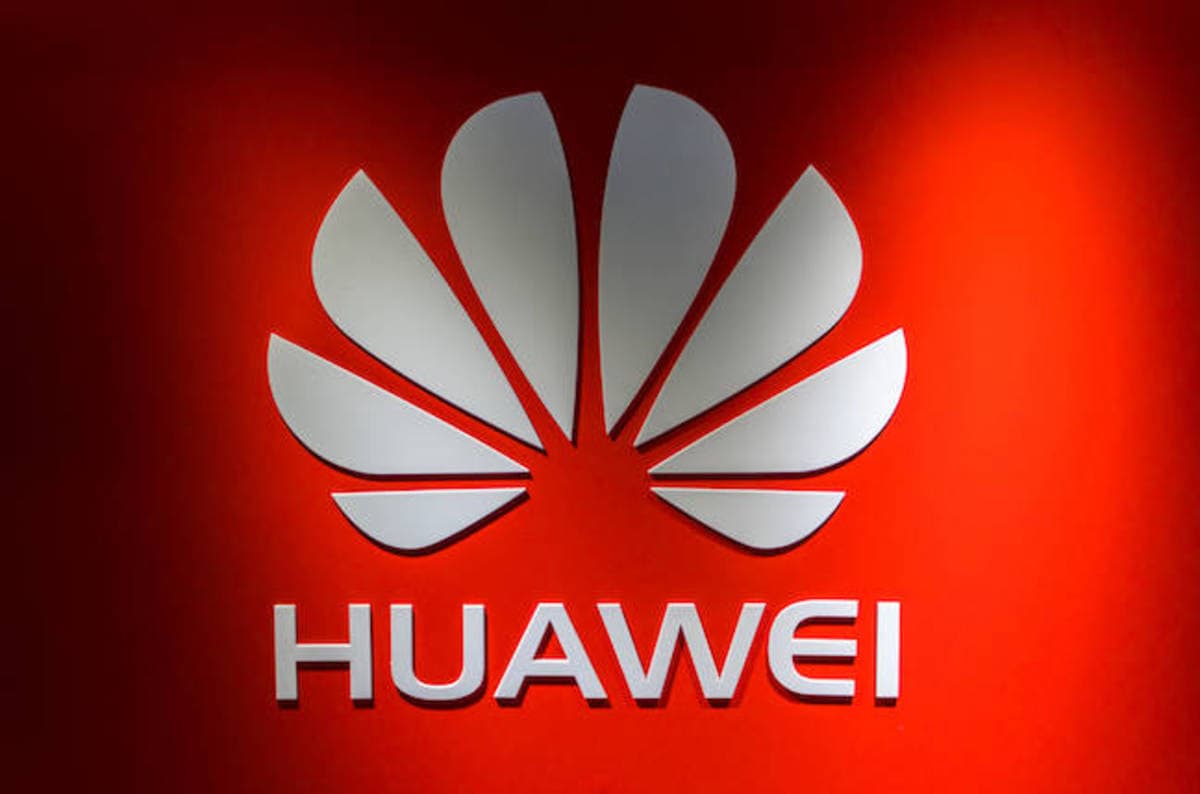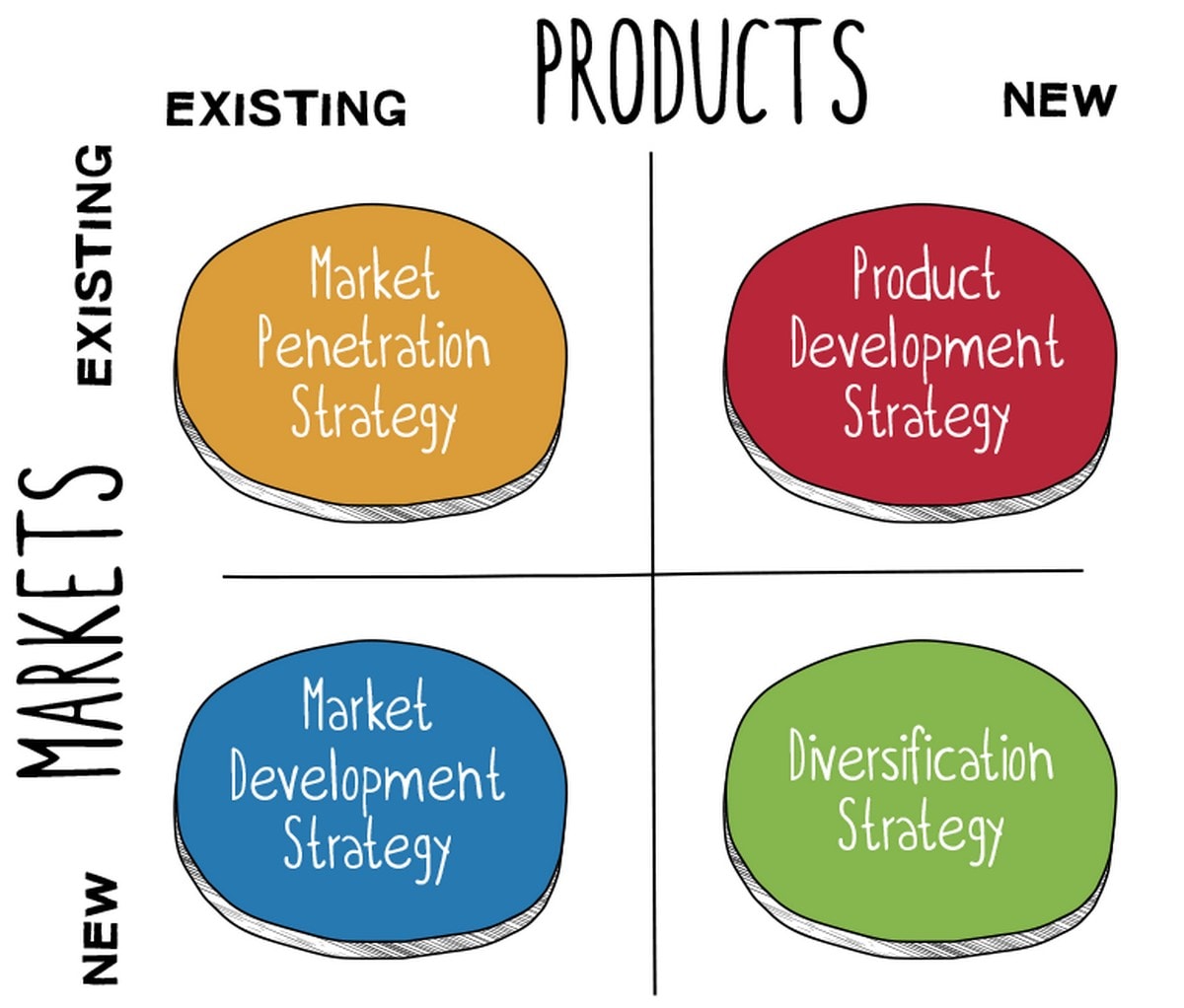
What are the SMART Objectives? Explain SMART Goals in Detail
SMART Objectives
The SMART objectives are a part of Management by objectives concept introduced by Peter Drucker. The SMART objectives are used regularly by companies to give goals and objectives to their employees. It is important to note that SMART objectives start with the word – Specific. Thus the SMART objective helps the manager or the company to give their team as specific an objective as possible.
The SMART objectives has a full form which is – Specific, measurable, assignable, realistic and Time related. The best way to understand SMART objectives is to look at sales planning. The concept of SMART objectives is explained below by taking an example at sales planning. Let us say that a sales manager has given their team a target of Rs 1 crore to be achieved in the next 1 year. So how do we break down each concept of the SMART objectives?
1) S – Specific
The Specific in SMART states that the objective should be specific. In the above example of sales planning, the objective given by the sales manager is very specific. He has given a target of 1 crore. Thus the first condition of SMART objective is met. If the sales manager would have said that the team needs to achieve as much sales as possible by them, then the SMART objective setting has failed.
2) M – Measurable
SMART objectives, or for that matter any objective, needs to be measurable. The intent is to know whether the objective is on track or improvement is required. The SMART objective given in the above example is measurable. The team has to achieve 1 crore of target. Thus, if 80 lakhs is achieved, than the team has under achieved with 20% loss. If 1.2 crore is achieved, than the team has over achieved with 20% gain. Thus the SMART objective given is very much measurable.
3) A – Assignable
The SMART objective needs to be assigned to someone. A business man might target 40% growth this year. However, for the growth, he needs to assign the objectives to someone. It may be his finance team, his sales team or his production team. In the above sales planning example, the sales manager has assigned a specific and measurable target to his sales team. It is the sales team who will help achieve the SMART objectives.
4) R – Realistic
The SMART objective needs to be realistic. The objective should not be what you want, the objective should be what you can achieve. Thus, in the above example, if last year the total sales of the organization was 40 lakhs, than the demand by the sales manager to achieve 1 crore this year is an unrealistic demand. In this case, there is no use of the SMART objective as the objective is likely to fail. In the unlikely event that the objective is too far fetched, there needs to be a justification as to why these unrealistic figures are kept on the table.
5) Time related
Goals are kept only by keeping a time limit. Similarly SMART objectives need to have the element of time involved. In the above case, if the sales manager had said that you need to achieve 1 crore sales but time had not been specified, the sales team can show the 1 crore sales figure in the next 100 years.
This is because no time related target has been given. Hence, there would be no urgency in achieving the objective. Similarly, in production if you give a target to the production team but do not mention the time in which products are needed, you are likely to delay the production. Thus, SMART objective needs to clearly specify the time and it needs to be time related.
It makes business sense for an organization to regularly use the SMART objectives. Remember that SMART objectives also need feedback. Only after taking feedback can you know whether the SMART objectives have been achieved or not.
If you are a manager, the SMART objectives need to be established in several places at once and the feedback taken.
Examples of SMART objectives
- Sales – Achieve the given target in a specified time period.
- Communications – Ensure that the proper ATL and BTL activities are carried out on a timely basis as planned by the management.
- Logistics SMART objectives – Deliver the goods as per terms and conditions. Ensure that the goods are delivered in proper condition.
- Commercial – Manage accounts properly on a quarterly or annual basis. Submit the accounts to the accounting team for analysis on a time basis.
All of the above are SMART objectives followed by various departments in an organization. Thus each of the department is being led through management by objectives for which SMART objectives is a very useful tool.










